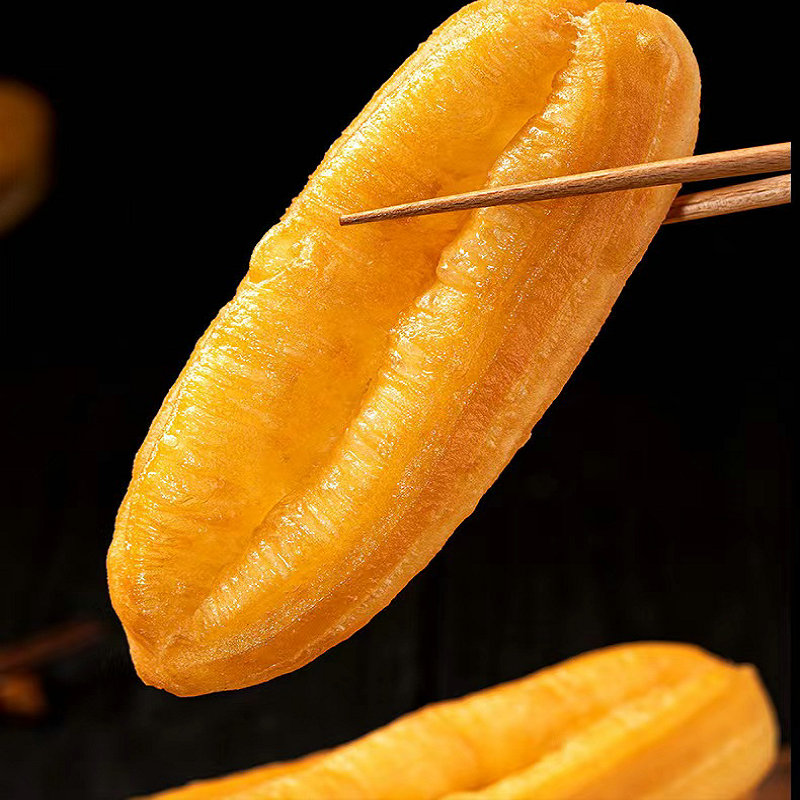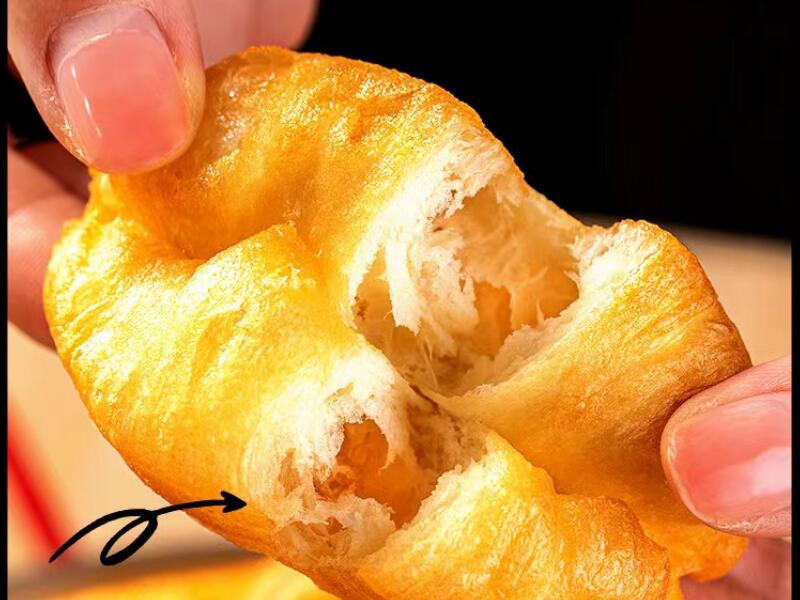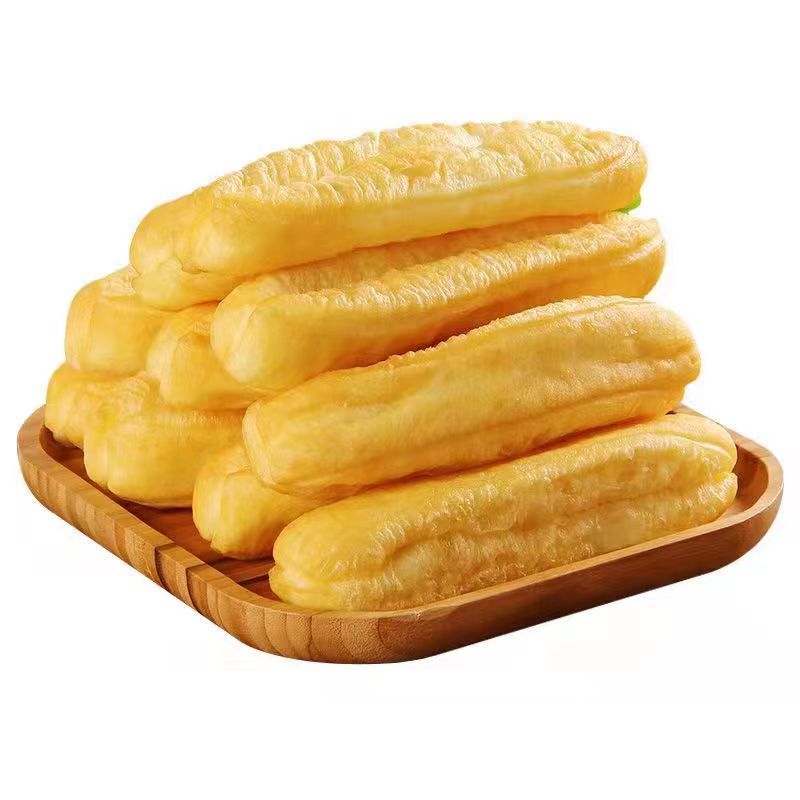Introduction:
Chinese cuisine is renowned for its diverse and delectable dishes, and one of the most beloved breakfast items is the famous Chinese deep-fried doughnut known as "youtiao." With its crispy exterior and soft, fluffy interior, youtiao has become a staple food in China and has gained popularity worldwide. In this article, we will delve into the intriguing history youtiao and its evolution over the years.

Ancient Origins:
Youtiao traces its origins back to ancient China, with evidence of its consumption dating as far back as the Song Dynasty (960-1279). During that time, youtiao was known as "youzhaguo" and was primarily consumed by scholars and intellectuals. The unique shape of the youtiao, resembling the traditional Chinese "jian" (a double-edged straight sword), had symbolic significance, representing knowledge and wisdom.
Evolution and Popularity:
Over the centuries, youtiao underwent several transformations to become the beloved breakfast food it is today. Originally, it was made by twisting two pieces of dough together and frying them until golden brown. However, during the Ming Dynasty (1368-1644), a variation called "shaobing" came into existence. Shaobing featured a flakier texture and a rectangular shape, differentiating it from the traditional youtiao.

During the Qing Dynasty (1644-1912), the method of making youtiao was further refined. It became more elongated and thin, resembling chopsticks or oil-fried dragons, leading to its popular name "youtiao," which translates to "oil-fried devil." This name reflects the crispy and twisted appearance of the fried dough.
Symbolism and Superstitions:
Apart from its culinary significance, youtiao also carries cultural symbolism in Chinese society. In Chinese legends, youtiao is associated with a story about desperate scholars who drowned themselves in a river due to failing the imperial examinations. It is believed that the twisted shape of youtiao represents the intertwined fingers of these scholars, offering homage to their determination in pursuing knowledge.
Regional Variations:
While youtiao is commonly consumed throughout China, different regions have their own variations. In northern China, youtiao is typically thicker, longer, and has a softer texture, making it an ideal companion for soy milk or rice porridge. In the south, youtiao is thinner, shorter, and crispier, often enjoyed with congee or as an ingredient in various stir-fried dishes.
International Influence:
With the spread of Chinese cuisine overseas, youtiao has gained popularity around the world. It can now be found in Chinese restaurants and Asian supermarkets in various countries. In Southeast Asia, especially in Vietnam, Thailand, and Malaysia, youtiao is known as "cakwe" or "char kway," and it is often served with a sweet chili sauce or used as an ingredient in dishes such as "bakso" or "wantan mee."

Conclusion:
From its humble origins in ancient China to its widespread popularity today, youtiao holds a special place in Chinese cuisine and culture. Whether enjoyed as a breakfast item, a snack, or an accompaniment to other dishes, youtiao continues to captivate food enthusiasts with its distinctive taste and texture. It is a testament to the enduring legacy of Chinese culinary traditions and their ability to transcend borders and captivate taste buds worldwide.